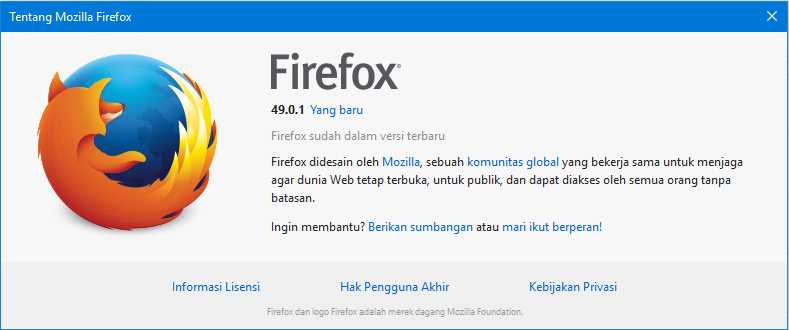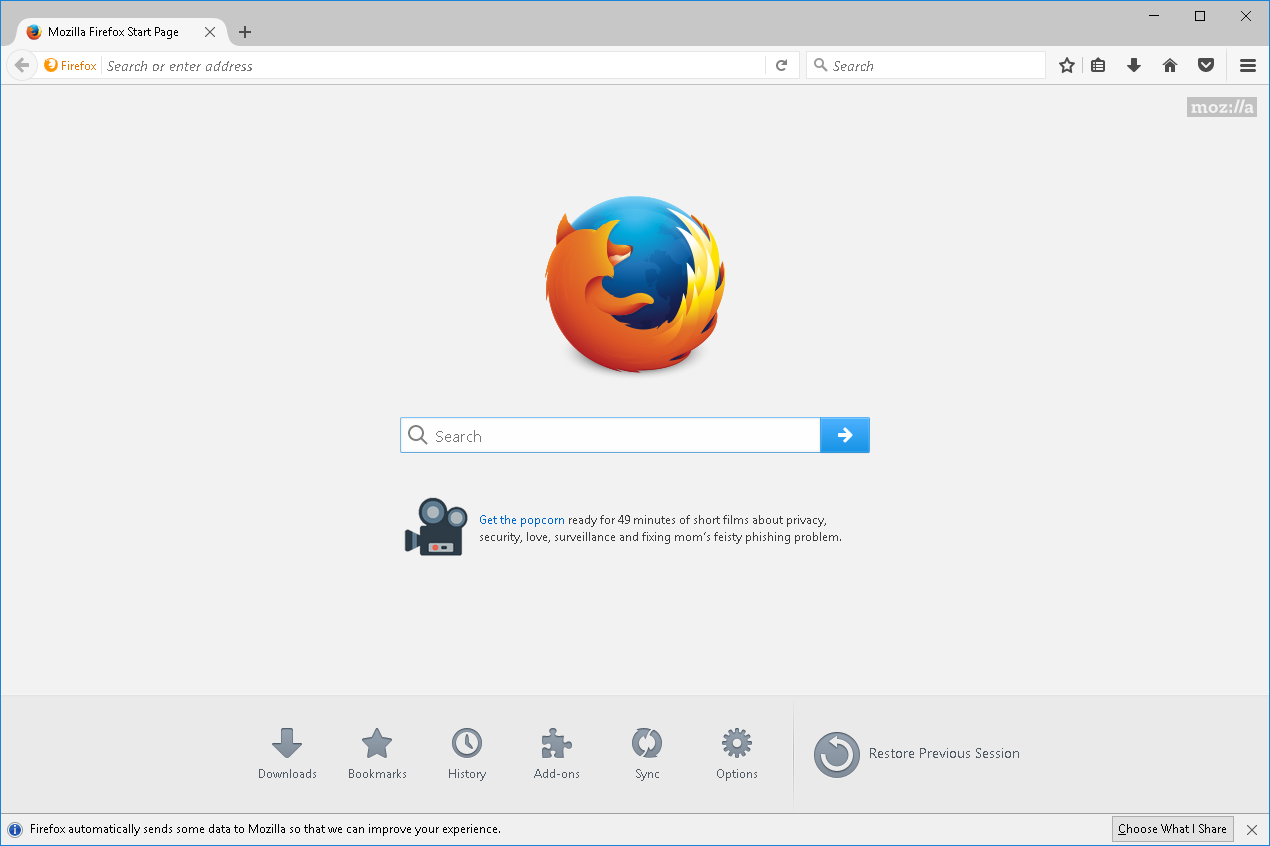
Mozilla firefox free download for windows xp 32 bit keygen#
.jpg)
Say what you will about Microsoft's apparent struggles online, but the company has built up a pretty effective platform here. This is technology like integrated contacts, identity, storage, billing, datacenter operations, presence, advertising, and search.

Below each of these services are common lower-level services and core infrastructure. Existing at the same logical level as the entire Windows Live set of services are other Microsoft online services like Xbox Live ( see my review), and Office Live ( see my preview), as well as various MSN services (like the MSN.com portal and MSN Soapbox). It's also worth noting that even Windows Live itself is just part of a larger whole.

And while this may sound like a lot of services, check out the Windows Live Ideas Web site for a longer list of what Microsoft's working on at the moment. Other parts of Windows Live include the "informed" experiences-Windows Live Search ( see my review of its predecessor, MSN Search), Windows Live Expo (online shopping), and the Web portal-and the "protected" experiences, such as Windows Live OneCare ( see my review), Family Safety (Web filtering for kids), and Safety Center (an online security scanner). There's the so-called "connected" experiences, such as Hotmail, Windows Live Messenger ( see my review), and Windows Live Spaces ( see my review), which are the services through which you, the user, connects with other individuals, including friends, coworkers, and family members. These services can be broken down into three basic groups. Though Hotmail was original conceived as a standalone email solution, Microsoft has of course integrated it thoroughly into a more or less cohesive set of services that's now called Windows Live. Hotmail's place in the Windows Live ecosystem And if you're an Outlook or Windows Mobile smart phone user, fear not: I've got some very good news for you too. And it will be augmented down the road with a full-featured desktop email client that finally unifies the mess Microsoft created with Outlook Express and Windows Mail. It features excellent Windows and Windows Mobile integration hooks. It offers desktop application-like capabilities through its Web interface. The result, predictably, is exactly what Microsoft was looking for: Windows Live Hotmail is a modern and mature Web mail service. Hotmail had to integrate better with Windows and other strategic Microsoft products in addition to being a first-class email solution. But with this move from MSN to the Windows Live umbrella came a new level of responsibility. (For more information about this, please refer to my articles, MSN: The Inside Story and Windows Live Preview.) Given its popularity, Hotmail had always been strategic to Microsoft, of course. Hotmail, like many of the products and services that had previously come out of MSN, was switched over to the new Windows Live initiative. During that time, of course, Microsoft switched gears on its plans for the Internet. Eventually, the pool of people testing the service grew to over 20 million, a considerable sum for a free online service. The company started working on this revision years ago, and it first entered external beta back in mid-2005. In contrast with the rapid-fire release schedule of other Windows Live services, Microsoft really took it's time with this new Hotmail version, which was completely rearchitected from the ground up to meet the needs of today's users. Indeed, Hotmail is different from other Windows Live services in many ways. Now rebranded as Windows Live Hotmail after a short time during which Microsoft planned to rename the service as Windows Live Mail, this new Hotmail version is poised to deliver where other Windows Live services, thus far, have fallen short. But this week, for the first time ever, Hotmail is being significantly upgraded with new underpinnings that Microsoft hopes will last another decade. It is one of the most successful Web services ever created: Hotmail, the Web-based email solution that Microsoft purchased in late 1997, now serves over 280 million active users, and the fact that it's lasted as long as it has on its creaky original foundations is nothing short of miraculous.


 0 kommentar(er)
0 kommentar(er)
